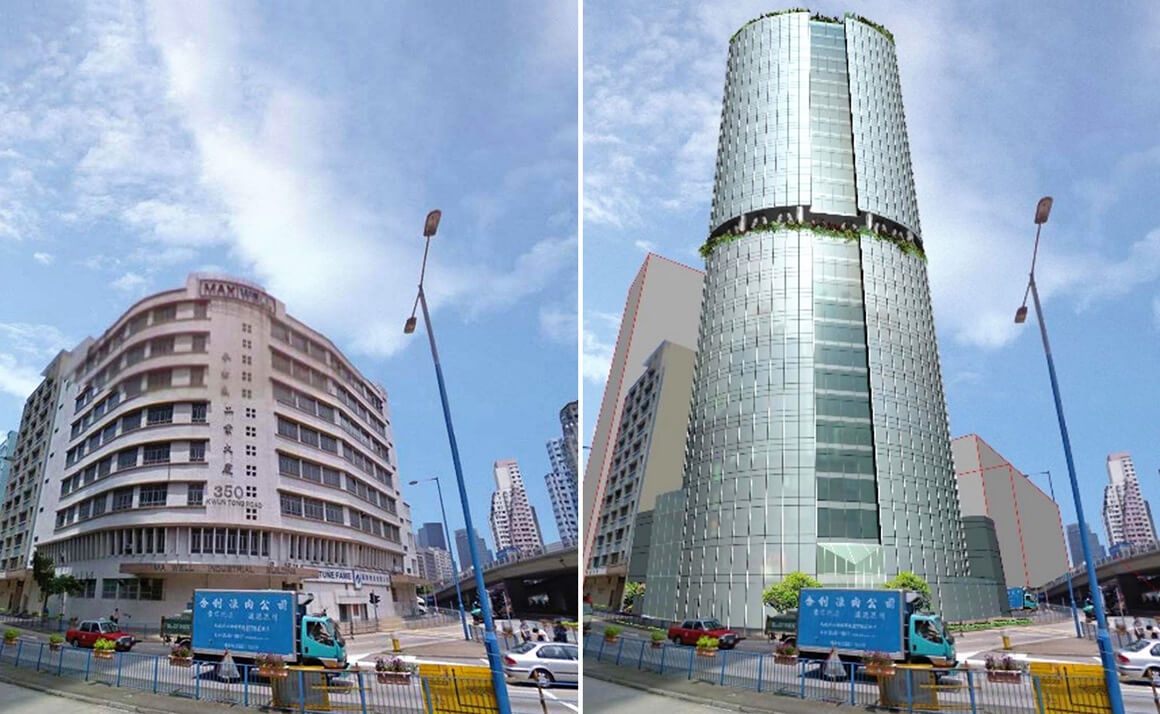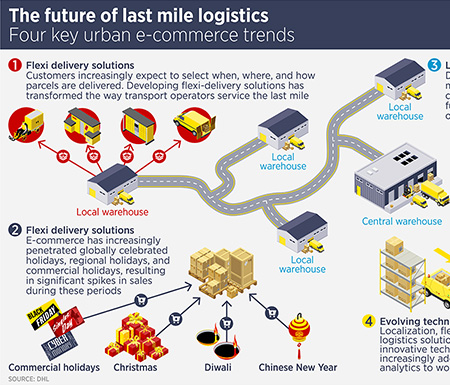
Revitalising Hong Kong industrial
Government measures have sparked a raft of redevelopment in Hong Kong’s industrial sector, as investors take advantage of the opportunity to change to a higher value use.
In October 2018, the Hong Kong government introduced Revitalisation 2.0 for the industrial sector, following on from a programme which ran from 2010 to 2016. The new scheme will run for three years and applies to industrial buildings constructed prior to 1987.
Announcing the scheme, Hong Kong chief executive Carrie Lam said: “The scheme provides more floor area to meet Hong Kong’s changing social and economic needs, and makes better use of our valuable land resources.”
The re-launched scheme exempts building owners from changes relating to a building’s use and allows for the gross floor area plot ratio to be relaxed by up to 20% in the redevelopment of some buildings, enabling owners to build at a higher density. Industrial buildings can also be converted into housing.
The 20% plot ratio relaxation for industrial redevelopment proved to be an instant hit with at least 15 applications since the inception of the policy in October 2018, while Savills recorded more than 200 applications for revitalisations from the start of the scheme to June 2019. Conversions to office, retail and hotel use have been the most popular.
Recently-approved projects include the redevelopment of the Maxwell Industrial Building, in Kwun Tong, which was bought by Laws Group for HK$1.39bn ($178m) in 2017. The 50-year-old industrial building (above) will be redeveloped to provide 33 floors of office space.
Simon Smith, head of Asia Pacific research at Savills, says: “The new revitalisation provides an opportunity to find highest and best use for some of the city’s oldest industrial buildings and will benefit the Hong Kong skyline as well as the investors taking on these projects.
“The government has already approved three of the 15 redevelopment plans put forward. This rapid planning process shows it is keen to encourage such redevelopment.”
Overall, investor sentiment towards Hong Kong industrial and logistics property will continue to be cautious this year, due to the on-going trade dispute between China and the US. Nonetheless, prices in all industrial subsectors grew in the first half of this year.
“The impact of the US / China trade tensions has translated into declining cargo throughput and retail sales, as well as fewer industrial sales and leasing transactions in the second quarter of this year, with prices and rents remaining intact for the moment,” says Smith.
Further reading:
Savills Hong Kong Industrial Research
Contact us:
Simon Smith



